Home » New York City
Articles Tagged with ''New York City''
ENR 2022 Top 25 Newsmakers
Tony Mazzo: Masterminding the Complex 30-ft Lift of a Broadway Theater in New York City
Read MoreSports Villages
Plan Unveiled for $780M NYC Stadium Anchoring New Development Near CitiField
Affordable housing, school and more are part of building plan near baseball facility
Read More
New York Best Projects
Award of Merit Renovation/Restoration: Great Jones Distillery
November 14, 2022
New York Best Projects
Best Renovation/Restoration and Award of Merit Excellence in Safety: Farley Building Redevelopment Phase III
November 14, 2022
New York Best Projects
Award of Merit Retail/Mixed-Use: Deutsche Bank Center
November 14, 2022
New York Best Projects
Best Interior/Tenant Improvement: Confidential Insurance Client
November 14, 2022
New York Best Projects
Best Highway/Bridge: RFK Bridge Connector Ramp K to the Northbound Harlem River Drive (RK-23C)
November 14, 2022
The latest news and information
#1 Source for Construction News, Data, Rankings, Analysis, and Commentary
JOIN ENR UNLIMITEDCopyright ©2024. All Rights Reserved BNP Media.
Design, CMS, Hosting & Web Development :: ePublishing
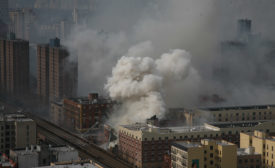
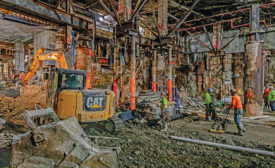

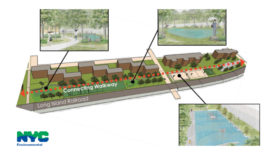

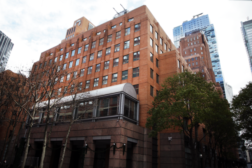
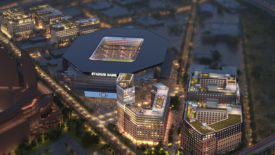
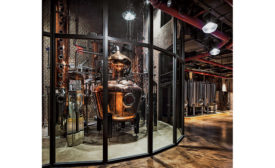
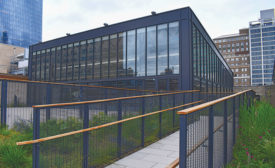
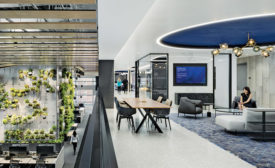
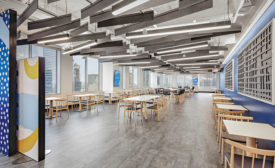
-04_ENRready.jpg?height=168&t=1668199635&width=275)